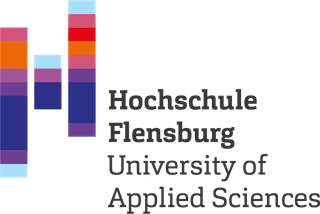Abstract
Cancer care is expensive. Cancer care provided by practice organizations varies in total spending incurred by patients and payers during treatment episodes and in quality of care, and this unnecessary variation contributes to the high cost.To use the variation in total spending and quality of care to assess oncology practice attributes distinguishing “high value” that may be tested and adopted by others to produce similar results.“Positive deviance” was used in this exploratory mixed-methods (quantitative and qualitative) analysis of interview results. To quantify value, oncology practices located near the US Pacific Northwest and Midwest with low mean insurer-allowed spending were identified. Among those, practices with high quality were selected. A team then conducted site visits to interview practice personnel from June 2, 2015, through October 3, 2015, and to probe for attributes of high-value care. A qualitative analysis of their interview results was performed, and a panel of experienced oncologists was convened to review attributes occurring uniquely or frequently in low-spending practices for their contribution to value improvement and ease of implementation. Four positive deviant (ie, low-spending) oncology practices and 3 oncology practices that ranked near the middle of the spending distribution were studied.Thematic saturation in a qualitative analysis of high-value care attributes.From the 7 oncology practices studied, 13 attributes within the following 5 themes emerged: treatment planning and goal setting, services supporting the patient journey, technical support and physical layout, care team organization and function, and external context. Five attributes (ie, conservative use of imaging, early discussion of treatment limitations and consequences, single point of contact, maximal use of registered nurses for interventions, and a multicomponent health care system) most sharply distinguished the high-value practice sites. The expert oncologist panel judged 3 attributes (ie, early and normalized palliative care, ambulatory rapid response, and early discussion of treatment limitations and consequences) to carry the highest immediate potential for lowering spending without compromising the quality of care.Oncology practice attributes warranting further testing were identified that may lower total spending for high-quality oncology care.
Zitieren
Details
-
Date Published
02/2018 -
Volume
4 -
Number of Pages
164-171 -
Type of Article
Original Investigation -
Publisher
American Medical Association -
Place Published
Chicago, IL, USA -
ISSN Number
2374-2437 -
PMID
29145584 -
URL
https://doi.org/10.1001/jamaoncol.2017.3803
